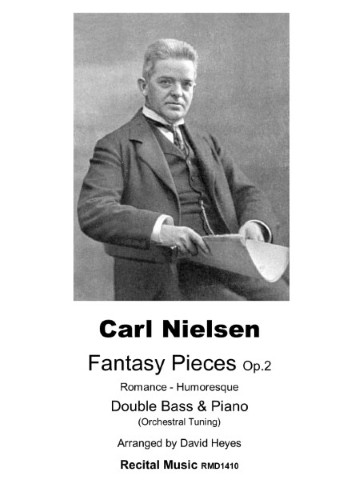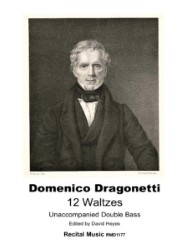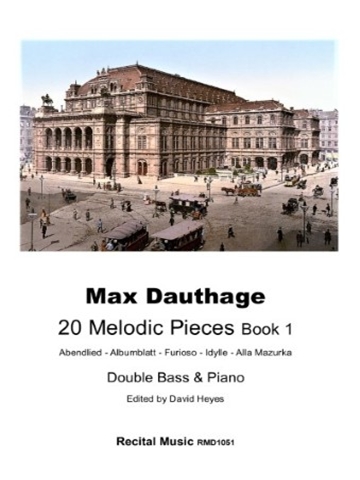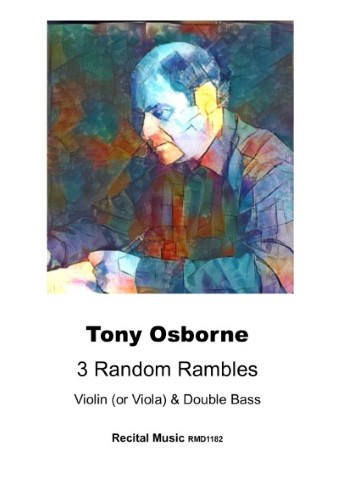Your basket is currently empty!
Fantasy Pieces Op.2

Description
Carl Nielsen’s Fantasy Pieces Op.2 were originally composed for oboe. These two early pieces transcribe well for the double bass and are enjoyable and …accessible, making a useful addition to the popular transcription repertoire They would be ideal for the intermediate bassist offering effective musical and technical challenges in the orchestral register of the instrument, but also venturing into thumb position. Romance is lyrical and evocative, contrasting a livelier and playful Humoresque. The piano accompaniments are supportive and independent, full of late-romantic bravura and rhythmic invention, and the pieces can be successfully performed singly or together as a suite. Fantasy Pieces Op.2 were composed in 1889 and the composer wrote: “The two oboe pieces are a very early opus. The first – slow – piece gives the oboe the opportunity to sing out its notes quite as beautifully as this instrument can. The second is more humorous, roguish, with an undertone of Nordic nature and forest rustlings in the moonlight.” This edition is for orchestral tuning.
R.R.P £8
Our Price £6.80
Shipping Costs: No shipping




